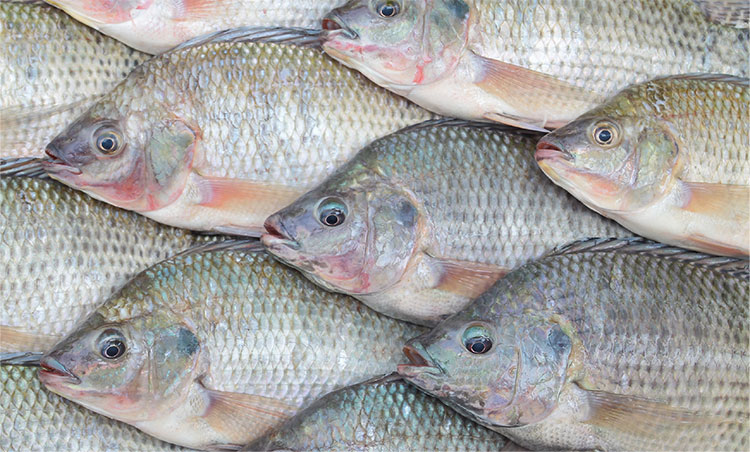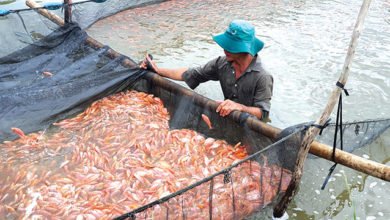Vietnam’s tilapia emerges as a spearhead export amid global market shift
Once considered a modest player in Vietnam’s seafood export basket, tilapia is now making waves on the international stage, particularly in the United States, as global market dynamics shift and new opportunities emerge.
Tilapia steps into the spotlight
While Vietnamese shrimp and pangasius are grappling with mounting trade barriers in the U.S. market, tilapia has quietly gained traction as a promising export alternative. The recent imposition of anti-dumping tariffs of up to 125% on Chinese tilapia by the U.S. has opened doors for other suppliers, including Vietnam, to capture a larger share of the market.

Over the past five years, tilapia has earned recognition for its adaptability, low production costs, and stable supply. These strengths are now reflected in export figures: Vietnam’s tilapia exports reached USD 17 million in 2023, with Q1 2024 alone recording nearly USD 14 million, a 131% year-on-year increase. The U.S. accounted for 46% of these exports, followed by Russia with 13%.
Global demand is surging. By 2033, the tilapia market is expected to reach USD 14.5 billion, closing in on the projected USD 25 billion value of the global shrimp industry. With supply chains expanding across Africa and Asia, the global tilapia ecosystem is undergoing rapid diversification.
China’s setback, Vietnam’s opening
China, long the dominant player in tilapia exports, is experiencing a slowdown. Aside from the high U.S. tariffs, Beijing’s tightening of export regulations, now requiring that processed fish originate from certified farms, has pushed much of its tilapia production toward domestic or alternative markets. This shift creates a valuable gap for Vietnam to fill.
Yet, the opportunity comes with challenges. Despite falling exports, China’s tilapia production continues to rise. Without a strong value proposition, Vietnam may find itself struggling to compete with well-established players in Latin America, Taiwan, and emerging African exporters.
Barriers to Vietnam’s breakout
Despite favorable natural conditions and a stable domestic market, Vietnam’s tilapia sector has yet to fully capitalize on its potential. Speaking at the recent “Tilapia Production and Export Strategy 2025” workshop in Can Tho, Trần Đình Luân, Director General of the Directorate of Fisheries, pointed to a fragmented value chain and weak branding as key obstacles.
“Most Vietnamese exporters focus on just one or two basic tilapia products. Without product diversification and deeper processing, it will be tough to compete with countries that have developed comprehensive industry strategies,” Luân warned.
Charting a national path: The rise of V-Tilapia
To move forward, Luân stressed the importance of recognizing tilapia as a strategic species alongside shrimp and pangasius. “We must build a national brand “V-Tilapia”, and standardize production from farm to factory to compete internationally,” he said.
Under Vietnam’s Aquaculture Development Strategy through 2030 (with vision to 2045), tilapia has been designated as a key species. The Directorate of Fisheries is currently working with major farming regions to establish technical standards, forge partnerships between companies, cooperatives, and farmers, and develop certified export zones.
“Without standardized farming practices and strong linkages, we cannot build a brand. We’ll start with regions where factories can collaborate with qualified cooperatives and expand from there,” Luân added.
VFM





